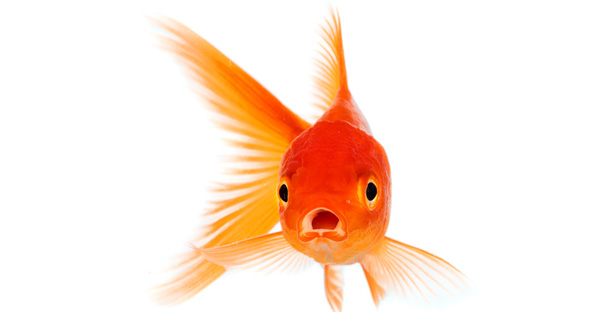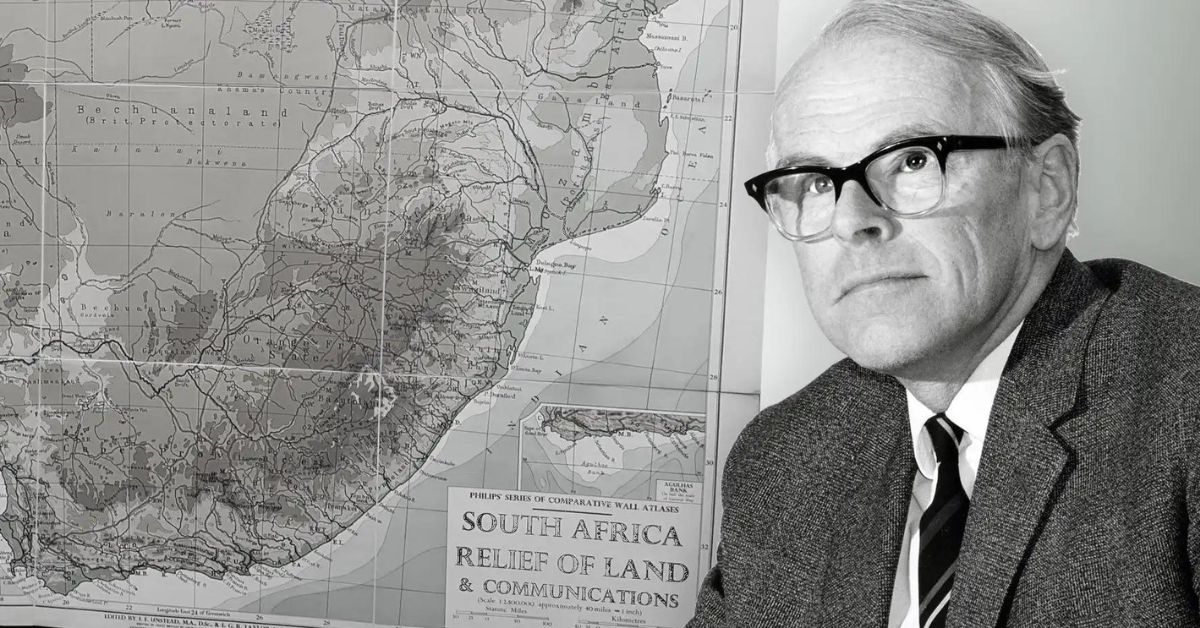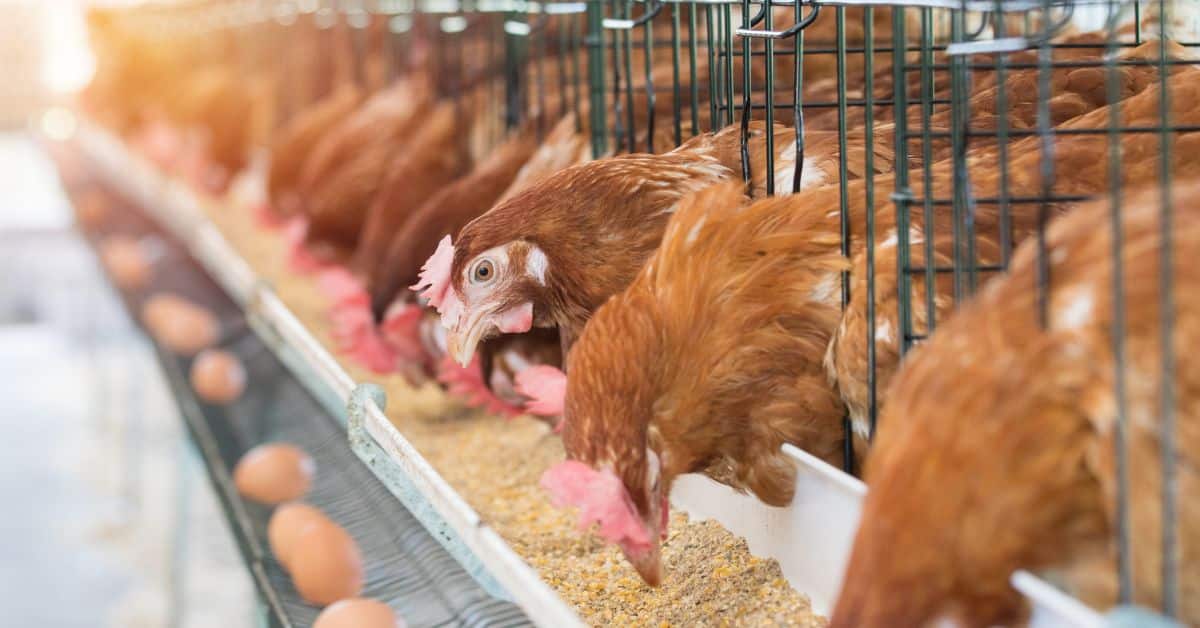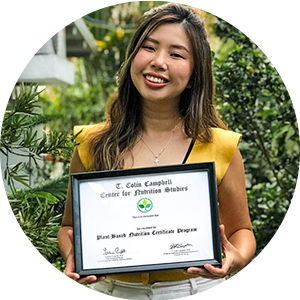

It has been several years now since I recorded my lecture for the Plant-Based Nutrition course where I describe the connection between food choices and ocean health. I have mixed feelings about what has happened in the intervening years since that lecture was recorded. I have watched the oceans and planet in general continue to be degraded by many measures, but I have also watched with great satisfaction a growing public awareness of the connection between food choice and the environment. In this article I present a long list of troubling trends concerning meat’s harmful impact on the global ocean and the earth environment in general and then try to persuade you to raise your voice for positive change.
Nutrient Pollution and Coastal Dead Zones
A US National Academy of Science report[1] designates nitrogen and phosphorous pollution as the main threat to US Coastal Waters. Moreover, according to a recent EPA report 55% of all US streams are now unsuitable for aquatic life primarily due to excess nutrients.[2] The basic problem is that fertilizer runoff from corn production used primarily to feed livestock[3] and leaching from large manure ponds found at Concentrated Agricultures Feeding Operations (CAFOs) – better known as factory farms – enters local streams that eventually empty into the coastal environment. Adding nutrients stimulates excess growth of phytoplankton (algae) that subsequently then die and sink to become available for bacteria to decompose in bottoms waters. As bacteria decompose the dead phytoplankton they also consume oxygen. Consequently, increasing nutrient additions indirectly leads to increases oxygen consumption by the bacteria until most or even all of the oxygen is removed from the water. With little or no oxygen in the water there can be no fish, no shrimp no marine mammals no marine life of any sort that needs oxygen to live. These regions of little or no oxygen are referred to as dead zones. The spatial extent of the Gulf of Mexico dead zone has steadily grown larger over the past several decades with the largest dead zone ever observed occurring in 2012.[4] This is not just a United States problem. Dead zones are increasing in number and size worldwide.[5] The increase in dead zones is due to the dramatic increase in worldwide use of nitrogen fertilizer to grow ever more corn for livestock feed and for ethanol production. According to personal comments made by Professor Robert Howarth at Cornell University, we have put more nitrogen fertilizer on the ground in the past 15 years than all the fertilizer we have used since it was invented 100 years ago!
Overfishing, Bycatch and Aquaculture
Over the past several decades the business of commercial fishing has been transformed from familiar family-run operations to industrial fishing operations employing immense factory ships that are owned by large corporate holding companies that have little concern for conservation. The result has been a 90% decline in the abundance of valuable top-predator fish species.[6] Moreover, 82% of all major world fisheries are now either fully exploited, over exploited or in recovery according to a 2010 United Nations Food and Agriculture Organization (FAO) report.[7]
There is also moral issue to consider with regard to overfishing. Industrial-scale fishing activities take away a basic food source for poor nations with coastal communities that have only small-scale fishing capabilities that cannot compensate for the greatly reduced fish abundances created by the industrial-scale fishing operations that are supported by developed nations. I recommend you see the heart-wrenching National Geographic photo documentary titled Still Waters, The Global Fish Crisis which highlights this issue.[8]
Fishing efforts also cause great environmental damage due to the accidental capture of non-target species – a process referred to as bycatch. The extent of the problem is a function of the global scale of a fishing operations and the type of fishing methods employed. In the case of bottom trawling for shrimp both the global scale and the methods employed lead to extremely horrific consequences.[9] [10] [11] Bottom trawling is arguably the most destructive fishing methods in terms of bycatch, but long line[12] [13] fishing and the use of fish aggregating devices (FADS)[14] come with their own highly significant bycatch problems.
With so much of the capture fishery under stress, or in decline, people have increasingly turned to aquaculture methods. Aquaculture operations have expanded dramatically over the past several decades and now account for 46% of all fish consumed worldwide[7]. There are many harmful environmental impacts associated with aquaculture, but two major problems stand out. First, there is the creation of hyper-eutrophic conditions in coastal areas hosting large aquaculture facilities with consequences analogous to the dead zones discussed above. Second, the need for farmed carnivorous fish species (e.g., salmon) to be fed fishmeal derived from wild-caught small forage fish (e.g. herring). This has created a dramatic increase in fishing pressure on global forage fish stocks and risks imperiling other animals populations that naturally feed on these forage fish (e.g., seabirds, marine mammals and top-predator fish species).[15] [16]
Greenhouse Gas Emissions
There is a fair amount of controversy surrounding livestock’s contribution to total annual greenhouse gas (GHG) emissions. An FAO report published in 2006 titled Livestock’s Long Shadow: Environmental Issues and Options [17] is generally a starting point for most discussions of livestock’s contributions to total GHG emissions. The FAO report estimates that livestock contributes 18% to total annual GHG emission. However, concerns have been raised about the GHG emission accounting methods used in the FAO report and about the independence of some of the authors of the FAO report that have affiliations with livestock groups. Other groups have taken a broader accounting of GHG emissions that include contributions from land changes needed for livestock development, and this accounting approach places the overall contribution by livestock at 51%.[18] Robert Goodland provides a nice discussion in a New York Times article[19] of the back and forth on the issue of livestock contributes to GHG emissions and what many feel is FAO’s lowball estimate on livestock’s contribution GHG emissions. For a quantitative look at the issue see the article by Tara Garnett.[20]
Soil Loss
According to the World Wildlife Fund report[21] half of all the topsoil on earth has been lost over the past 150 years. Time Magazine has a nice article on the topic of soil loss globally, and I must say it is not very encouraging.[22] According to the article, we have about 60 years of useful topsoil left if we keep doing business as usual. The loss of soil is driven by many factors, but overgrazing by livestock is an important one.
Feeding a Growing Human Population
Global food security in the future faces the combined forces of a rapidly growing human population and global climate change that is predicted to decrease crop yields.[23] [24
The Bigger Picture of Environmental Degradation
The issues described above are part of an even larger global environmental problem that we all face. The full sweep of problems is described in the United Nations Environmental Program (UNEP) Millennial Ecosystem Assessment Report.[31] The report chronicles in detail the past 50 years of ecosystem degradation and describes the challenges ahead. Some of the summary points listed in the report are:
“Humans have made unprecedented changes to ecosystems in recent decades to meet growing demands for food, fresh water, fiber, and energy • These changes have helped to improve the lives of billions, but at the same time they weakened nature’s ability to deliver other key services such as purification of air and water, protection from disasters, and the provision of medicines · Among the outstanding problems identified by this assessment are the dire state of many of the world’s fish stocks; the intense vulnerability of the 2 billion people living in dry regions to the loss of ecosystem services, including water supply; and the growing threat to ecosystems from climate change and nutrient pollution · Human activities have taken the planet to the edge of a massive wave of species extinctions, further threatening our own well-being · The pressures on ecosystems will increase globally in coming decades unless human attitudes and actions change.”
Where Do We Go From Here?
I almost always play two or three songs before the start of the large oceanography class that I teach in the big concert hall on the Cornell campus. The songs are themed to the upcoming lecture topic for that day. Near the end of the semester I play Woodstock by Crosby, Stills, Nash and Young. The song sets the tone for my lecture by conveying that we have strayed a long way off from anything resembling a sustainable course and that “we’ve got to get back to the garden”. I have given you a dizzying array of environmental problems that — taken together — seem almost insurmountable. However, you should know that there are a lot of very smart people working actively on each of these problems, and there are well-thought-out solutions to each of the problems listed above. So we do have a pathway laid out that gets us back to the garden of sustainability — we just need to get started down the pathway.
People who study global environmental problems are nearly unanimous in their opinion that our lack of progress on fixing the problems is due to a lack of strong leadership by elected officials – this is what has held us back from walking down the garden pathway. In my opinion, it is super unlikely that our leaders are ever going to lead us forward to a better world unless they get a hard push from all of us. Howard Zinn commented when Barack Obama was first elected that he did not expect much change from the new president. He went on to explain that over his long life he had observed that nothing socially-just has ever come about from top-down leadership, but rather from the bottom-up demands for change by a civically engaged citizenry. Real change, he argued, derived from citizens coming together and demanding a world that is fair and just for everyone. Shining examples of bottom-up change include: gaining the right to vote for women in the United States, obtaining equal civil rights for African Americans, ending apartheid in South Africa and gaining Indian independence from Britain. If we want a sustainable environment I believe it will have to come about the same way — from the bottom-up; from all of us raising our collective voices and demanding fairness for all — including fairness for future generations.
When someone posts something on Facebook about an outrageous thing some politician did, I often comment that we get the leaders we deserve. And then follow this up by saying that as long as citizens remain quiet we will get bad leadership and that it is on us to make things better. In my opinion a citizen has to do more than pull the voting lever every once in awhile and then sit back and expect politicians to take care of us. I feel pretty strongly that citizens have to remain engaged and ride herd on the elected officials. A politician draws a government paycheck and you pay your taxes; taken together this makes a politician your hired help. So you definitely have every right to keep an eye on their work and to raise your voice of disapproval (or approval) of their work and also regularly offer them your own suggestions for doing a better job.
Finally, I believe that the vast majority of elected officials are not great leaders. They mostly cling to the past and are afraid of leading people to a new place because of the uncertainty and hard creative work it takes to move down a new pathway. We all need to give them a push and show them some of our own courage to get them to move forward.
The “Tragedy of the Commons” is a theoretical principle that free and open access to a public resource, such as a fish stock in the ocean, will always end in the collapse of the resource from over-exploitation. The collapse is caused by a few individuals (or corporations) that acquire great gains by exploiting the resource with little risk of personal loss when the resource is exhausted. My own personal twist on this principle is to add that a passive citizenry facilitates the overexploitation and collapse by remaining silent while all the damage is done by a relatively few exploiters.
I think a lot of people are passive about issues of ocean conservation because they do not live on the beach or make a living from the ocean. They don’t feel they have a right to speak up. When they read about an environmental disaster, it is sort of like reading about some other poor guy’s house getting damaged by fire or flood. There is a momentary feeling of sadness by the reader for the poor guy, but then the issue is totally forgotten by the next day. In my opinion, the ocean would be a whole lot better off if everyone would embrace a personal sense of connection or “ownership” of the life-support that the ocean provides to each of us individually. That way, when the ocean or atmosphere or land are messed with, each individual person would take it personally and get mad as hell and start jumping up and down and demanding that it stop and demand restitution! Oil companies drill in the ocean for much of the oil we use. The fishing industry and factories operating on the coast are connected to your personal life-support system. Therefore, you totally have every right to yell and scream when your ocean and your land and your atmosphere are messed with!
Civic Duty
I tell students in my oceanography class near the end of the semester that they now know far more about ocean conservation issues than 99.99% of the people in this world. I then tell them that I believe strongly in the idea that a democracy operates best with a well-informed citizenry. But then I add that a well-informed citizenry alone is not worth much if citizens do not also raise their voices to give government leaders their thoughts on how best to move the country and the world forward in a positive direction. In particular, they owe society their well-informed thoughts on how to move the world forward in a positive direction. To emphasize this point, students in the oceanography class have an end-of-semester assignment to write a letter to their two United States Senators and their congressional district Representative in which they express their personal view about an ocean conservation issue of their own choosing. International students are encouraged to write letters to their own respective government leaders. The letter writing assignment provides a tangible example of raising your civic voice and it gives students in the oceanography class something I call “ownership” of the material they have learned in the class.
If you have managed to read this far, you should consider yourself informed and fulfill your duty as an informed citizen! I encourage you to download the letter writing assignment instructions[32] that I use in my oceanography class (see endnote 32) and take ownership of what you have read in this article.
A Tangible Example
A tangible example of positive change that is appropriate for this very food-aware readership is the recently released draft of the USDA Dietary Guidelines for Americans, 2015.[33] The draft contains, for the first time, consideration of sustainable food production in its recommendations. The proposed guidelines recommend that a metric of a given food’s level of sustainability should be included in food labeling to better inform consumers. As I have described in this article, meat production is not a very sustainable food choice and, as you might guess, the proposed guidelines have been met with strong opposition from the meat and dairy industries. The period for written public comments on the draft recommendations is open until May 8, 2015 [34] and I strongly encourage and challenge each of you to rise up and take a step forward and make your own voice heard on this issue.
Concluding Remarks – The Long View
I encourage all of you to watch a YouTube video interview with Dr. Paul Raskin from Yale University called Visions of a Sustainable World [35] where he talks about the need for a great transition towards a more fair and sustainable world. He presents two requirements that must occur before the transition can happen. One requirement is a global citizen movement and the other is a move away from consumerism and toward a higher quality of life that has a strong ecological sensibility. Both requirements seem at first almost impossible to achieve.
The possibility of a global citizen movement reminds me of a talk by the Dalai Lama that I attended when he visited Cornell several years ago. At one point he mentioned that in the past there were City States like Athens and Sparta that eventually gave way to Nation States. He continued by saying that the next logical step is for Nation States to give way to a sense of Global Citizenry. I imagine that if the citizens of ancient Athens and Sparta were told that someday their cities would become part of a single nation they would have thought it impossible, but it eventually happened. Consequently, the idea of dropping national separations and embracing a sense of Global Citizenry does not seem too far-fetched to me.
It is possible to move away from consumerism and toward a higher quality of life that has a strong ecological sensibility. It is possible to move away from the long-held belief that humans are separate and distinct from the natural world, and to begin to think of ourselves as just one branch of nature’s interconnected web of life. Dr. Raskin calls it a need for a “Copernicus Transformation”. Back in the time of Copernicus, most would have thought it impossible if you said that you were going to convince everyone that the Earth revolved around the Sun, rather than the other way around, but it did eventually happen! So the idea of convincing everyone that they are not separate from nature (and humans are not the center of the universe), but rather just one part of nature’s web does not seem too far-fetched to me either.
So the past teaches me to have hope for the future. I have high hope we can all come together and make a better world. We don’t have to run away from something we fear, but rather we should be drawn toward the vision of a better way of being in the world – a world where all humans and the rest of nature’s web are able to thrive in a more fulfilling and more sustainable way.
References
- http://www8.nationalacademies.org/onpinews/newsitem.aspx?RecordID=9812
- http://usnews.nbcnews.com/_news/2013/03/26/17475544-epa-more-than-half-of-us-rivers-unsuitable-for-aquatic-life?lite
- http://www.nationalgeographic.com/foodfeatures/feeding-9-billion/
- http://science.time.com/2013/06/19/this-years-gulf-of-mexico-dead-zone-could-be-the-biggest-on-record/
- Diaz, R. J. and R Rosenberg (2008) Spreading dead zones and consequences for marine ecosystems. Science 321 (5891): 926-929
- Myers and Worm (2003). Rapid worldwide depletion of predatory fish communities. Nature 423: 280-283
- http://www.fao.org/docrep/013/i1820e/i1820e.pdf
- http://ngm.nationalgeographic.com/2007/04/global-fisheries-crisis/fisheries-crisis-interactive
- http://oceana.org/sites/default/files/reports/Trawling_BZ_10may10_toAudrey.pdf
- http://www.amnh.org/explore/science-bulletins/bio/documentaries/will-the-fish-return/trawling-takes-a-toll
- http://www.fao.org/docrep/w6602e/w6602e09.htm
- Gallagher, A.J. et. al. (2014). Vulnerability of oceanic sharks as pelagic longline bycatch. Global Ecology and Conservation 1:50-59
- http://www.audubon.org/magazine/september-october-2013/will-world-adopt-sustainable-longline
- http://www.pewtrusts.org/en/multimedia/data-visualizations/2013/proliferating-use-of-fish-aggregating-devices
- Naylor, R. L. et al. (2009) Feeding aquaculture in an era of finite resources. PNAS 106(42):15103-15110
- Pikitch, E.K. et al. (2014) The global contribution of forage fish to marine fisheries and ecosystems. Fish and Fisheries 15(1):43-64
- http://www.fao.org/docrep/010/a0701e/a0701e00.HTM
- http://www.worldwatch.org/node/6294
- http://bittman.blogs.nytimes.com/2012/07/11/fao-yields-to-meat-industry-pressure-on-climate-change/
- Garnett, T. (2011) Where are the best opportunities for reducing greenhouse gas emissions in the food system (including the food chain) Food Policy, 36:S23-S32
- https://www.worldwildlife.org/threats/soil-erosion-and-degradation
- http://world.time.com/2012/12/14/what-if-the-worlds-soil-runs-out/
- Battisti, D.S. and R. L. Naylor (2009) Historical warnings of future food insecurity with unprecedented seasonal heat. Science 323(5911): 240-244
- Wheeler, T. and J. von Braun (2013) Climate Change Impacts on Global Food Security. Science 341(6145):508-513
- Food & Agriculture Organization (FAO). How to Feed the World in 2050.
- http://www.nationalgeographic.com/foodfeatures/feeding-9-billion/
- http://www.cam.ac.uk/research/news/changing-global-diets-is-vital-to-reducing-climate-change
- http://news.yahoo.com/blogs/the-lookout/vegetarian-2050-190426669.html
- http://www.huffingtonpost.ca/2012/08/27/vegetarian-diet-scientist_n_1834182.html
- http://www.theguardian.com/global-development/2012/aug/26/food-shortages-world-vegetarianism
- http://www.unep.org/maweb/en/Reports.aspx
- http://www.geo.cornell.edu/ocean/1_Homework_Assignment_fall_2014.pdf
- http://www.health.gov/dietaryguidelines/2015-scientific-report/ (See chapters 4 and 5 of the report or read the Executive Summary http://www.health.gov/dietaryguidelines/2015-scientific-report/02-executive-summary.asp
- http://www.health.gov/dietaryguidelines/dga2015/comments/
- https://www.youtube.com/watch?v=FS7o4g5kzMM
Copyright 2024 Center for Nutrition Studies. All rights reserved.
Earn Your Plant-Based Nutrition Certificate
Join over 20,000 students who have improved their health, learned new skills, and even inspired career changes.
Program Overview
- 23,000+ students
- 100% online, learn at your own pace
- No prerequisites
- Continuing education credits












